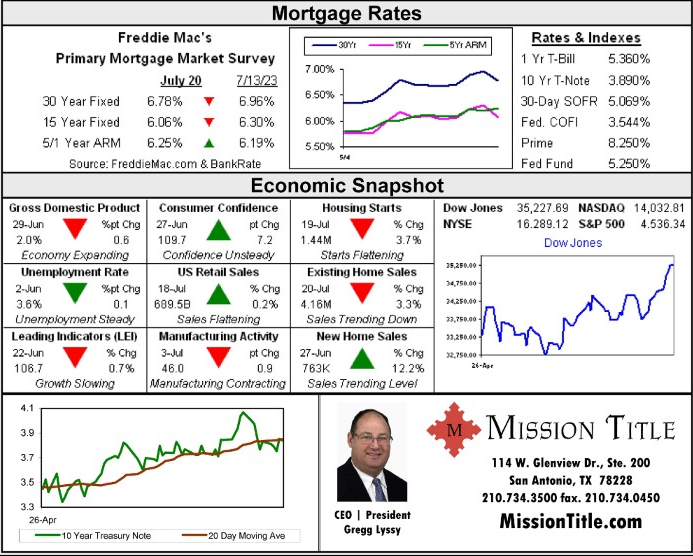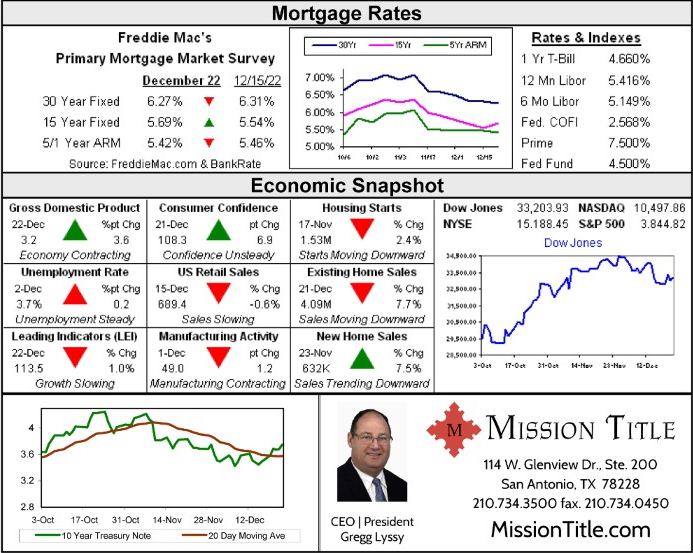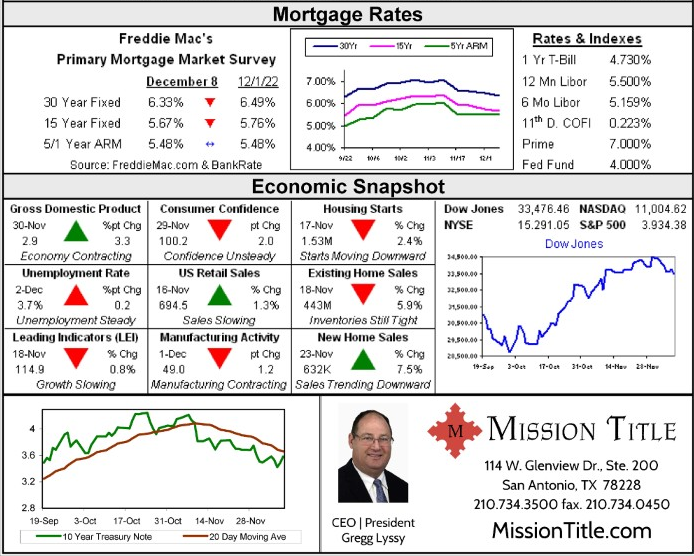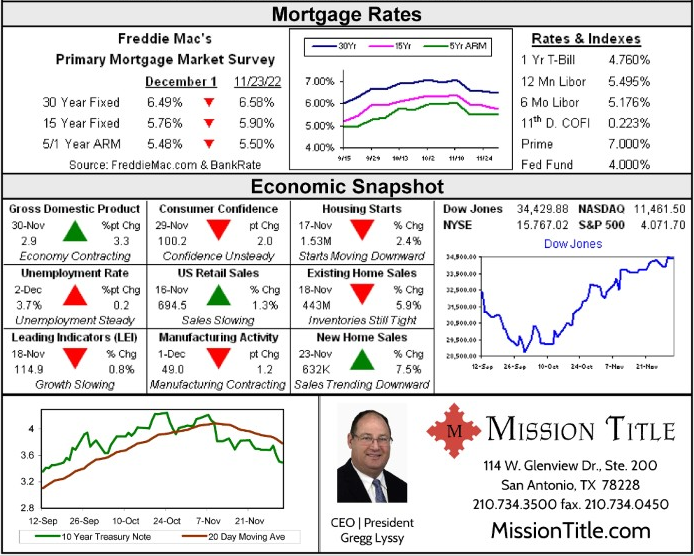Frank, a smart and tech-savvy Denver homeowner, thought he’d skip the agent commission and sell his house himself.
He researched his home’s property value, found a buyer and got the house under contract. It seemed like a done deal.
Until he realized in a panic that he had seriously undervalued the property — by more than $100,000. Frank had misunderstood the report he’d pulled and incorrectly valued the house.
The error cost him $30,000 to get out of the contract.
In your dealings with potential sellers, you’re going to run into people who will question the worth of an agent. Or you’ll come across a smug homeowner who’s got it figured out and listed his or her home for sale by owner (FSBO).
How do you turn these sellers into a client? Let them know that you’re saving them time, money, liability and downright hassle.
Let sellers know that you’re saving them time, money, liability and downright hassle.1. Scams happen
 BoomTown’s integrated platform brings growth-minded real estate teams into the digital age
Professional lead gen, a sleek website and a next-gen CRM in one platform READ MORE
BoomTown’s integrated platform brings growth-minded real estate teams into the digital age
Professional lead gen, a sleek website and a next-gen CRM in one platform READ MORE
Judy (not her real name) in Raleigh, North Carolina, fell in love with a FSBO home. She agreed not to use an agent and paid the homeowner $3,000 in earnest money.
Then the homeowner changed his mind. With no contract signed and no receipt, Judy lost all her earnest money. She trusted the homeowner when she should have trusted an agent.
FSBO scams happen to both buyers and sellers with little recourse besides hiring an attorney.
Common scams include fraudulent papers (appraisals, loan documentation), foreign buyer deposits (scammer sends too much in a bad check and then requests a refund), purchases through a third-party (a fake attorney, etc.) and asking for personal information.
2. Liability is all on the seller
Everyone makes mistakes. A seller (or buyer) who doesn’t have the representation of a licensed agent pays for those mistakes. Attorneys can close a real estate transaction, but they don’t carry errors and omissions (E&O) insurance.
So if homeowner Sandy lists “hardwood floors” as a feature and the buyer discovers it’s just a wood veneer, chances are Sandy is going to pay for that mistake.
An agent would have either caught the mistake or covered it with E&O insurance. Let’s face it: this is a litigious society, so what homeowner wants to be a target for lawsuits?
This is a litigious society, so what homeowner wants to be a target for lawsuits?3. Paperwork is daunting
The 2015 National Association of Realtors’ Profile of Home Buyers and Sellers showed that understanding paperwork was one of the most difficult tasks for FSBOs.
Depending on the state, there are a variety of legal forms that are needed, including but not limited to a sales contract, property disclosures, occupancy agreements and lead paint records.
Sure, ready-made contracts can be downloaded easily enough. But does an untrained seller understand what all that means? Would the seller know how to customize that one-size-fits-all contract?
Understanding paperwork was one of the most difficult tasks for FSBOs.4. Sellers can get stuck in a bad deal
Like Frank, FSBOs who sign on the dotted line and then realize an error are stuck. They have to pay the buyer (if they’re willing) to get out of or just take the deal.
Let potential clients know you can save them from that headache.
5. FSBOs sell for less
In 2015, FSBOs lost about 16 percent of the sales price with a median selling price of $210,000 (agent-assisted homes sold for $249,000).
Homeowners selling by themselves simply don’t have the time to devote to the process, don’t know the market value, don’t understand market reports and don’t properly market the property.
If the FSBO seller sold to someone he or she knew, the median dropped to $151,900 (because cousin Sue is doing them a favor and expects a deal).
If the 2015 FSBOs sold to someone they knew, the median dropped from $210,000 to $151,900.6. FSBOs spend more time on the market
Unless the seller knows someone who wants to buy the home, FSBOs take longer to sell than homes listed with an agent. For the same reasons, they can’t get the right selling price.
No one is “behind the curtain” running the marketing show. On average, 18 percent of FSBOs were unable to sell within their chosen time frame last year.
On average, 18 percent of FSBOs were unable to sell within their chosen timeframe last year.7. FSBOs lack representation
There’s no one looking out for the homeowners who sell on their own. They have no one to call if they have a problem or a question.
Dave found this out when he sold his Morrison, Colorado, home himself. Studying for his real estate license, Dave felt confident he could handle the contracts. Then the unexpected happened.
When his house was under contract, a state patrol car pursuing a speeding motorist crashed into a downstairs bedroom. Repairs threatened to push back closing, and suddenly, the buyer was asking for a storage unit, the cost of temporary housing and more.
He was lucky enough to have an agent friend who could step in, but a homeowner with no representation could have been out thousands of dollars unnecessarily.
8. Inspections are problematic
Sellers who don’t know the rules can get stuck with unnecessary and costly repairs. When Sue sold her 10-year-old Highlands Ranch, Colorado, home, after the inspection, the inspector said she needed to change the stairs from the garage to the house because the code had changed.
He listed other code changes, and the buyer began to demand these be done. Surprisingly, the inspector didn’t know that because these items were to code when the house was built, the seller wasn’t responsible for these changes.
9. Marketing is limited
FSBOs have limited resources to market their home. The 2015 NAR Profile of Home Buyers and Sellers showed 42 percent rely on a yard sign, 32 percent rely on friends and family, and about 15 percent use social media.
Relying on the neighbors and Uncle Bob’s second cousin has its limitations. Even paying for the MLS listing won’t be enough because there’s no incentive for an agent to bring a buyer to a FSBO.
10. Hidden costs add up
The mindset for most FSBOs is saving money. Chances are, these sellers are being nickeled and dimed into a pretty big chunk of change.
They’re paying for a lot of extras: signage, flyers, photography, MLS listing, attorney (required in multiple states for FSBOs), home warranty (optional but hard to sell without one), home inspection, a wood destroying pest inspection, credit report for buyers (if applicable), contracts and the list goes on.
11. Time costs the seller money
The biggest cost to a homeowner is their time. You might hear the argument that it doesn’t take an agent that much time to sell a house. And honestly, given the technology at our disposal, that’s true — to an extent.
But it will take a homeowner a whole lot longer. They don’t have the expertise or the access to the resources agents have. What is their own time worth to them? How much time will the seller spend researching the market and contracts? Is the seller going to leave work to unlock the house each time there’s a showing?
FSBOs don’t have the expertise or the access to the resources agents have.If you’ve been in real estate for a while, you probably have some FSBO nightmare stories of your own. Share them with facts backed with real statistics to help FSBOs make an informed decision to use an agent instead.
Chris Rediger is the co-founder and president of Redefy Real Estate. Learn more about Chris and Redefy on Twitter or Facebook.
Source: click here




















